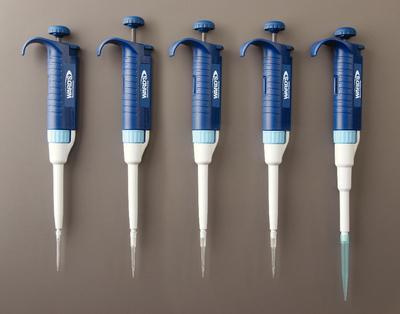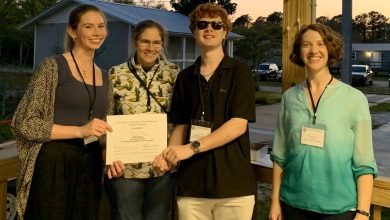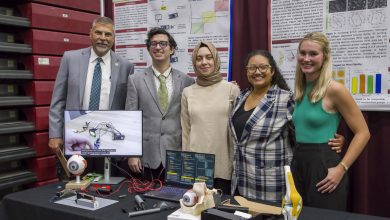Biomedical Engineering Thesis Project: Science is Expensive!
I have some exciting news — beyond just meeting with my adviser to talk about ideas, I am now in the beginning stages of starting my thesis project! First things first, though, I need a physical, functioning lab to work in. This week, our lab group has begun to go through the lab space provided to determine what is already there versus what we will need to order. It will be somewhat of a slow start, but is proving to be really interesting because I’ve never been a part of a lab group/project in its infancy before. One thing I have learned very quickly is science is very expensive! I’ve worked in several research labs over the last five years, but have never been in charge of ordering any of the equipment/supplies, so this will be a new experience for me. The nice part is, since my group is starting basically from scratch, we all get to be involved in the process.
There are four students and two projects to consider: one project related to cardiovascular engineering, and one project related to cancer. When we met this week, we started by unpacking the boxes of materials the department and my mentor have already ordered, found space for most of it in our slightly small lab and started working on a list of things we still need.
Here are a few examples of machines and general supplies that have already been ordered/arrived: laminar flow hood, minus 80˚ C freezer, incubator, pipettes, glassware, gloves, and microscope slides.
And then these are some things we still need to order: CO2 tank and regulator, syringe and bottle filter apparatus, freezer boxes, cell growth media, cells for culturing.
These are only partial lists as the full list of materials and equipment needed to run a lab can be extremely long. Our next step is to go online to websites such as Fisher Scientific, Sigma-Aldrich, ATCC, etc. to price out the items we need, hopefully put in some discount codes, and move forward! We need to be very careful, though. If we don’t do this smartly, we could end up spending way more money than is necessary.
There is a cell line called MCF-7 we are considering ordering for one of our projects, this is an image of what they typically look like under a microscope:
Later on, I hope to talk a bit more about some of the techniques we want to use in some of our experiments with cell culturing!






